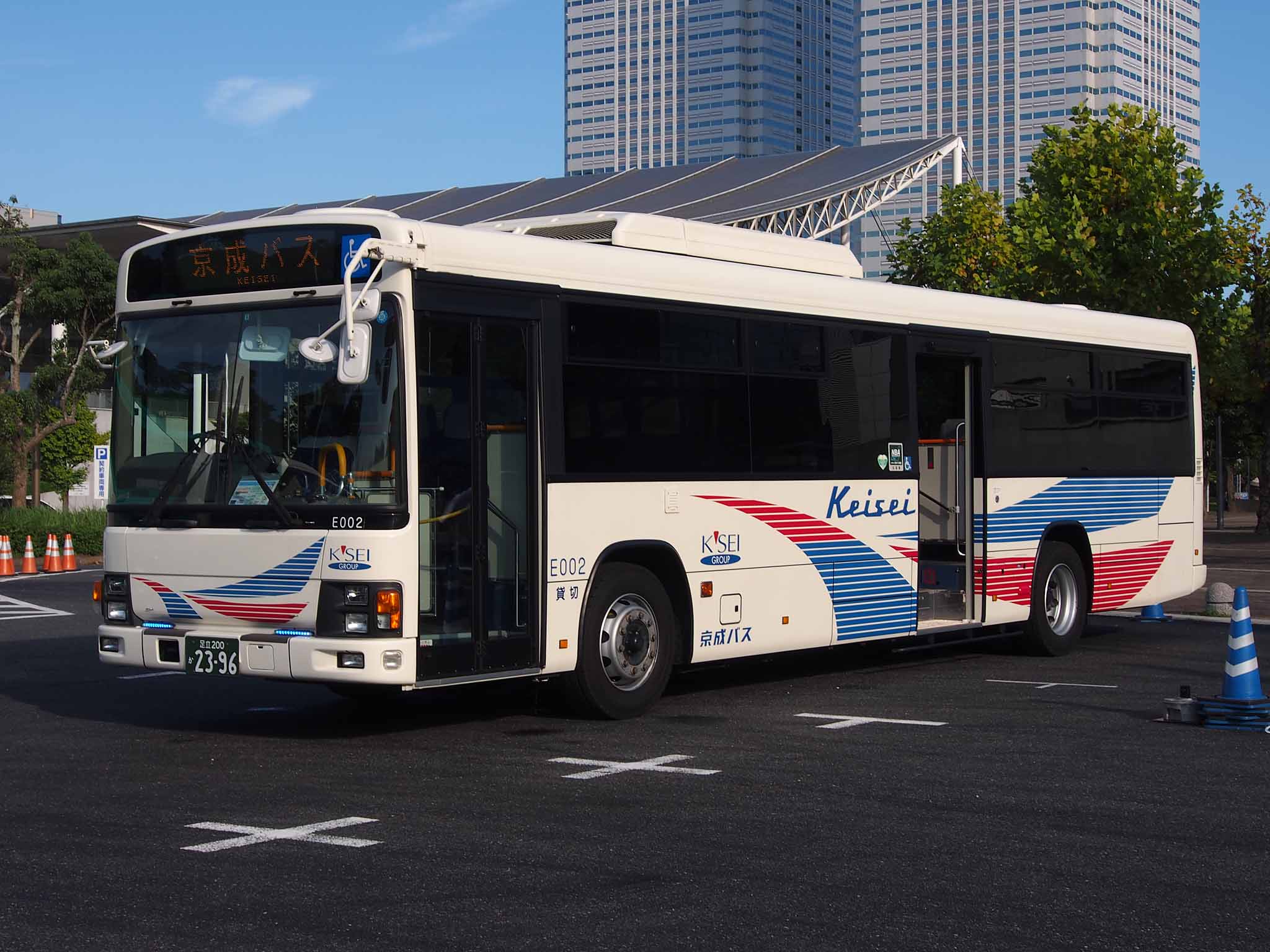
A chartered bus had its top sheared off after it slammed into a low overpass on Southern State Parkway in Long Island. The bus, which was carrying 44 students and chaperones traveling from JFK Airport following a European tour, struck the overpass on the evening of April 8. Forty of the passengers were injured, six of them seriously. According to reports, the driver of the bus was not from the area and had little knowledge of the parkway system and its low overpasses.
Accidents such as this one are horrific. However, fortunately, in this case there were no fatalities. It is never good to speculate what happened or who may be at-fault so soon after an accident, but there will likely be weeks, months, or even years of pain and suffering for the injured students. From physical pain to emotional trauma, the effects of an accident such as this can resonate for years. Anyone who must endure this pain and suffering because of the negligence of another deserves compensation.
In this case, the bus company’s liability insurance may be responsible for paying any claims and protecting the driver and the company’s owners from individual liability. However, in certain situations, the owners of the business and even the driver may also be sued individually.
The owners may be subject to liability individually if the business was uninsured or underinsured and the damages awarded by the court exceed the insurance coverage and value of the assets of the business.
Additionally, some plaintiffs may seek to “pierce the corporate veil”, meaning that instead of suing the business, plaintiffs may go directly after the owners by claiming the business is nothing more than a front for the owners to try and avoid liability while not following any of the other corporate formalities. One common example of not following formalities is having a business checking account but using it to pay personal bills. This method for seeking owner liability arises most often when there is little insurance and no real assets in the name of the company.
Plaintiffs may also be able to hold the driver liable if they were driving under the influence, driving recklessly, or failed to follow company directions. For example, if the driver had been directed by the company to take a certain route, but then used their own judgment to seek an alternate route, leading to the accident, the company could argue that the driver was acting on their own against company directions and try to avoid liability altogether.
Driving under the influence and driving recklessly, while normally criminal charges, may contribute greatly to plaintiff arguments as to why to hold the driver liable from a civil standpoint. The company’s insurance may seek to avoid paying in such a situation and look to the individual insurance of the driver.
Regardless of who is at fault, the victims of this and other bus accidents must be able to pay their medical expenses and may be entitled to compensation to help them do so. Hopefully, concerns over the care of these individuals will come first and disagreements over fault play out in a court of law and not the public eye.
It is also important to remember that if you ever suffer injuries in an accident and have questions about who is at-fault, a Long Island bus accident lawyer can help you evaluate the actions of the different parties involved and get the compensation you are entitled to.